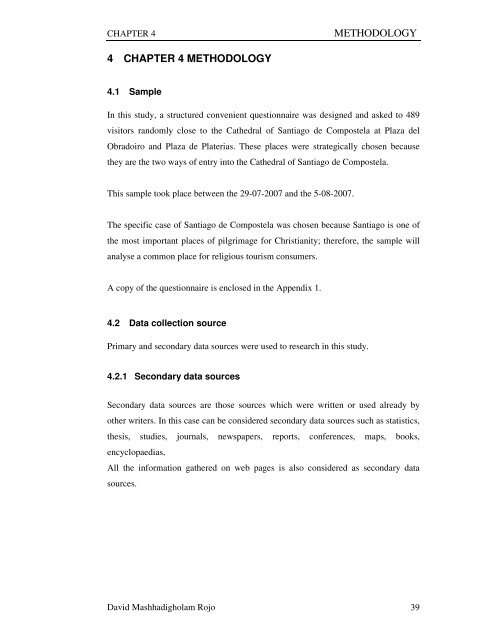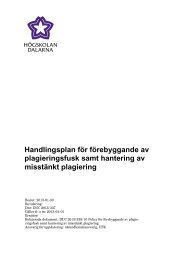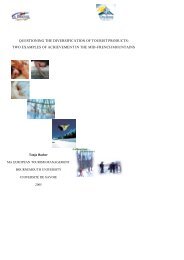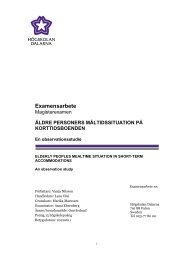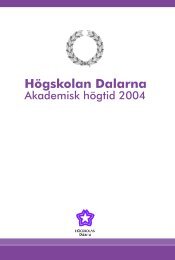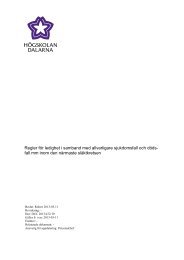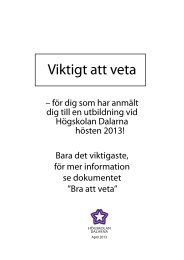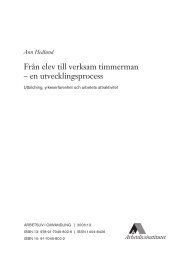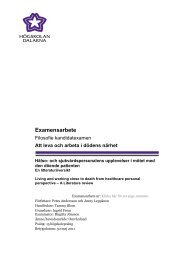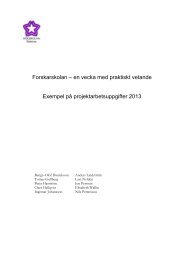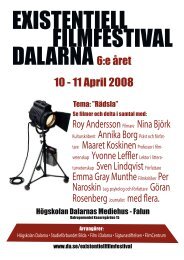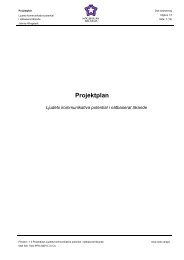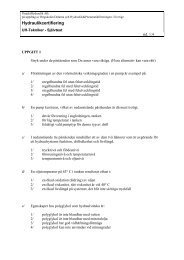Religious Tourism: The Way to Santiago
Religious Tourism: The Way to Santiago
Religious Tourism: The Way to Santiago
Create successful ePaper yourself
Turn your PDF publications into a flip-book with our unique Google optimized e-Paper software.
CHAPTER 4 METHODOLOGY<br />
4 CHAPTER 4 METHODOLOGY<br />
4.1 Sample<br />
In this study, a structured convenient questionnaire was designed and asked <strong>to</strong> 489<br />
visi<strong>to</strong>rs randomly close <strong>to</strong> the Cathedral of <strong>Santiago</strong> de Compostela at Plaza del<br />
Obradoiro and Plaza de Platerias. <strong>The</strong>se places were strategically chosen because<br />
they are the two ways of entry in<strong>to</strong> the Cathedral of <strong>Santiago</strong> de Compostela.<br />
This sample <strong>to</strong>ok place between the 29-07-2007 and the 5-08-2007.<br />
<strong>The</strong> specific case of <strong>Santiago</strong> de Compostela was chosen because <strong>Santiago</strong> is one of<br />
the most important places of pilgrimage for Christianity; therefore, the sample will<br />
analyse a common place for religious <strong>to</strong>urism consumers.<br />
A copy of the questionnaire is enclosed in the Appendix 1.<br />
4.2 Data collection source<br />
Primary and secondary data sources were used <strong>to</strong> research in this study.<br />
4.2.1 Secondary data sources<br />
Secondary data sources are those sources which were written or used already by<br />
other writers. In this case can be considered secondary data sources such as statistics,<br />
thesis, studies, journals, newspapers, reports, conferences, maps, books,<br />
encyclopaedias,<br />
All the information gathered on web pages is also considered as secondary data<br />
sources.<br />
David Mashhadigholam Rojo 39


